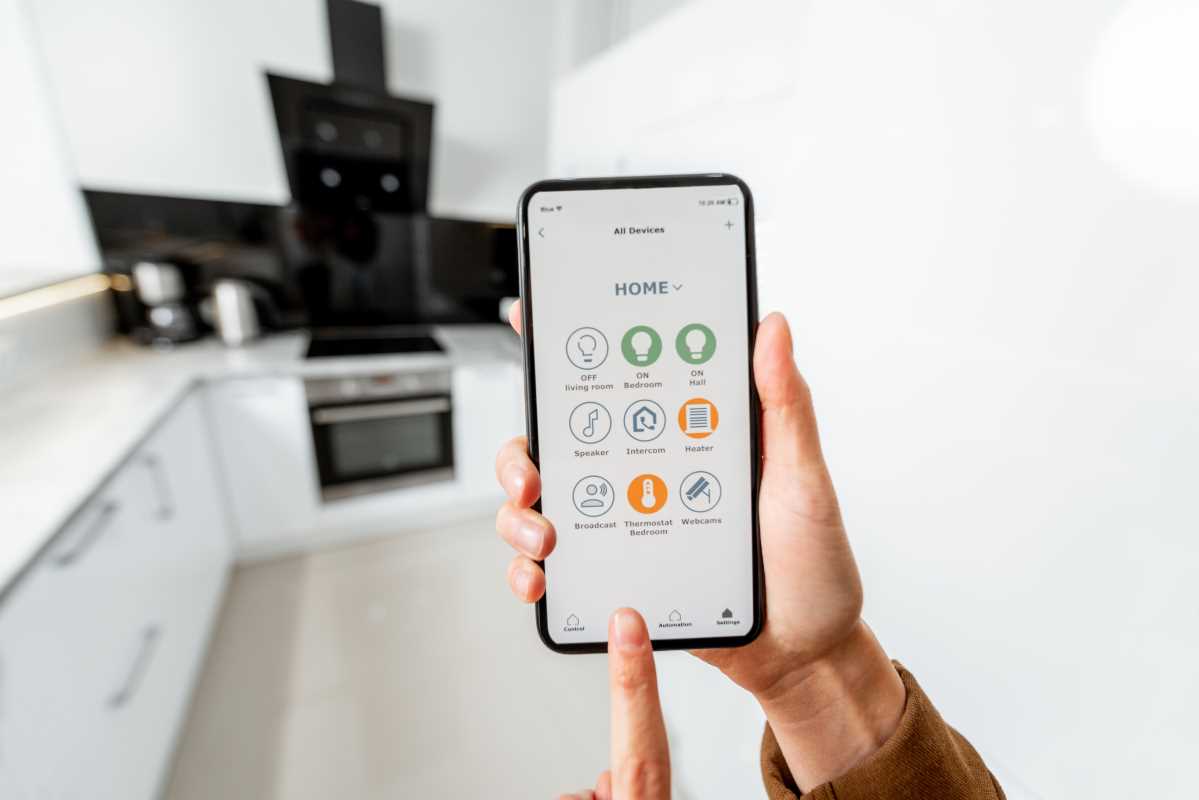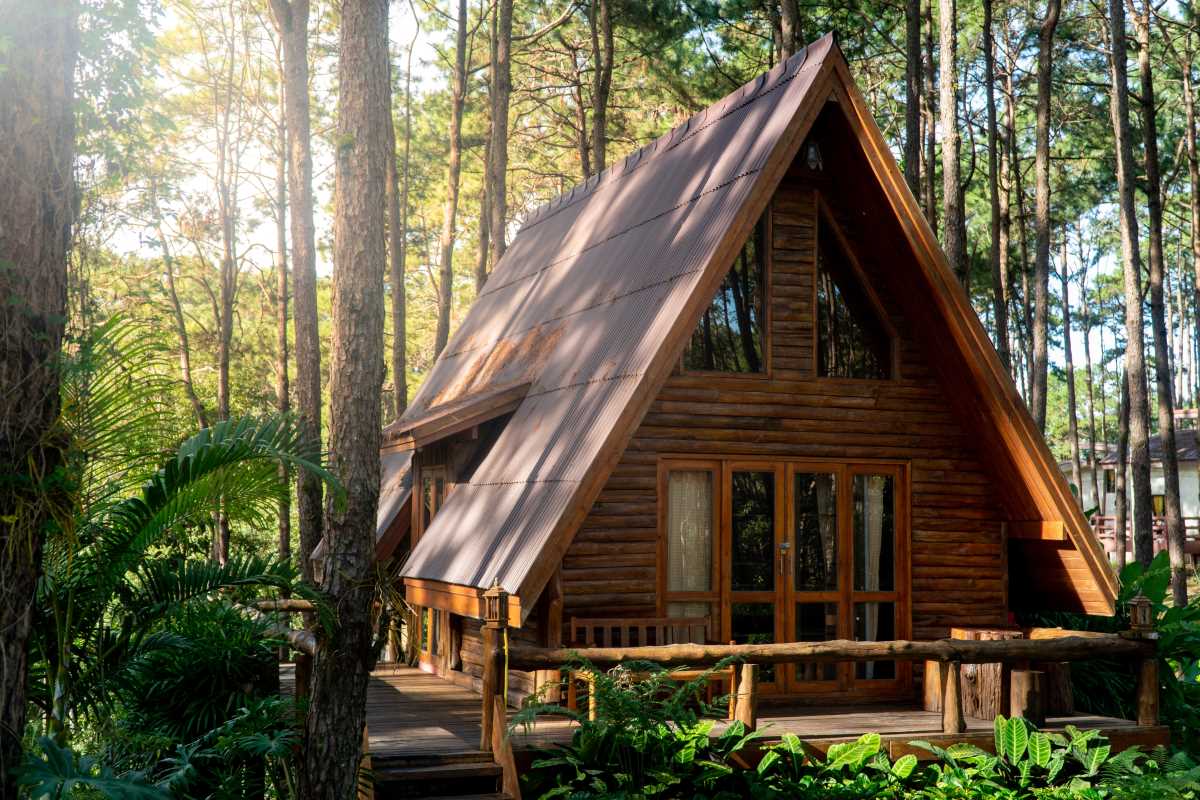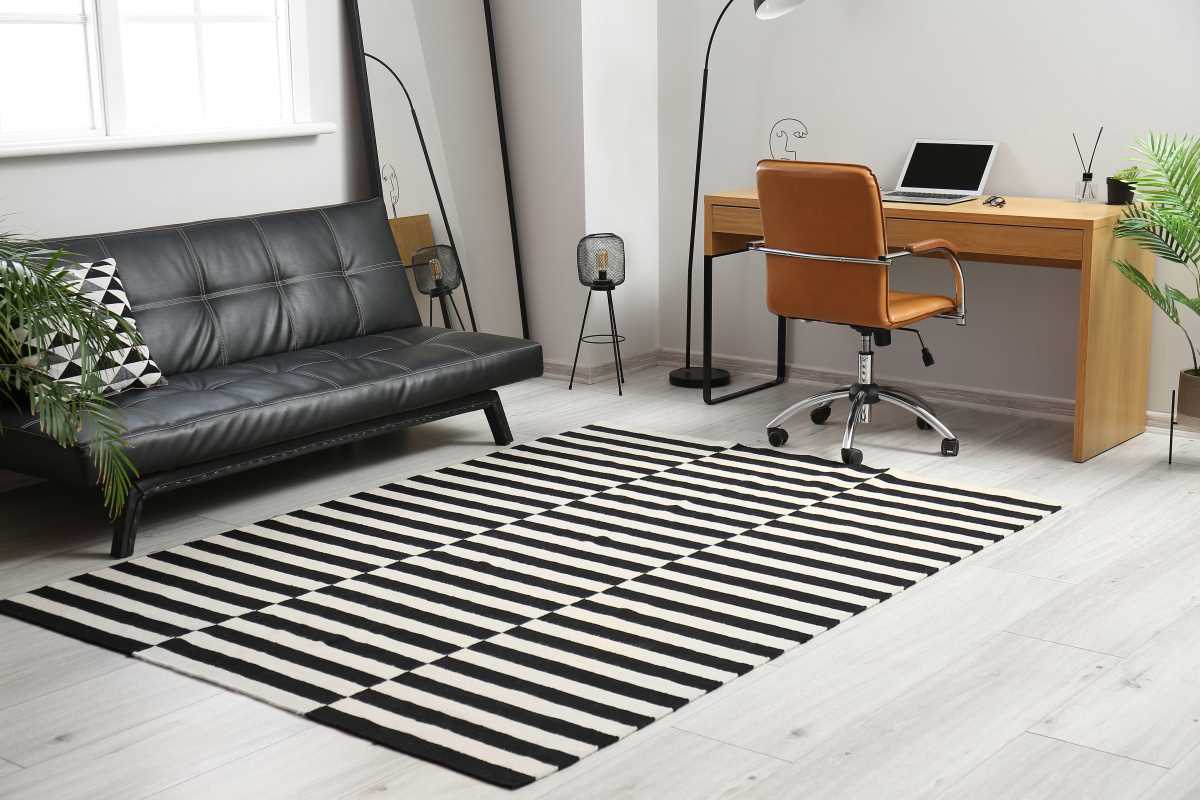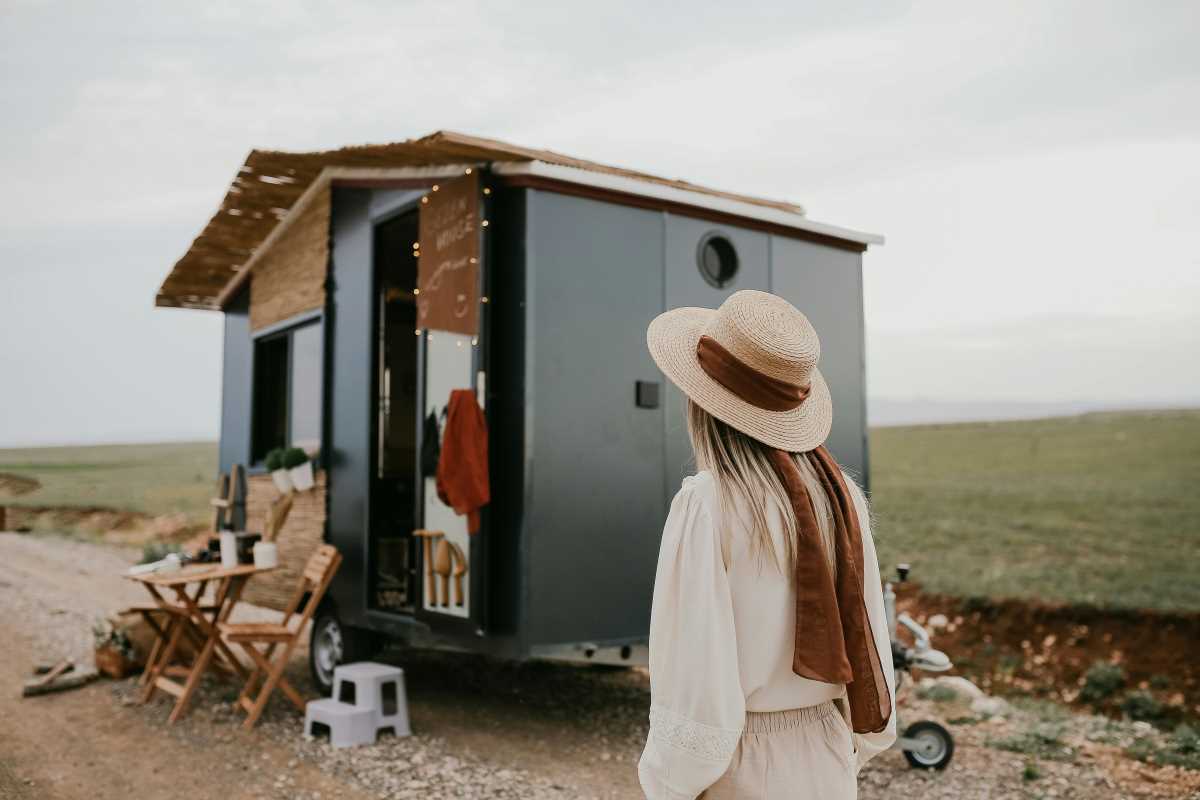Small apartments can offer both comfort and efficiency when you thoughtfully organize your space. By combining smart devices with simple, modern design, you can create a home that feels both functional and welcoming. Assess the layout of your rooms to notice where items tend to pile up or where you spend extra minutes completing daily chores. Focus on maintaining clear walkways and consider open shelving to keep everything accessible. Multipurpose furniture, such as a sofa bed or a storage ottoman, helps you make the most of every square foot. Keep only the possessions that serve you regularly, and introduce smart technology like Philips Hue lighting or a Google Nest thermostat to streamline daily routines and add an extra layer of convenience.
Minimalist living shines when each element serves a purpose. Walk through your space and ask whether that floor lamp, bulky speaker, or extra side table contributes value. If it doesn’t, consider ditching it or swapping it for a smart device that performs multiple roles. This process helps you avoid gadget overload and ensures each addition simplifies your life. By trimming excess before you tech-up, you’ll create a canvas that highlights innovation instead of hiding it under piles of stuff.
Assessing Your Space and Needs
Measure windows, wall space, and floor areas to identify where to mount sensors or tuck in devices. A too-large smart display can overpower a tiny living room, while an undersized thermostat might leave you fiddling with controls all day. Match device dimensions to your space so everything looks balanced. Sketch a simple floor plan, jotting down outlet locations and Wi-Fi dead zones. This blueprint guides your shopping list and prevents last-minute surprises.
Next, list your daily pain points. Are you always hunting for your phone to adjust the lights? Does running errands leave you dreading a cold home? Do you struggle to round up keys, wallets, and masks before heading out? Answering these questions highlights smart solutions that solve real headaches. When you focus on tasks you actually perform, you build an apartment that feels custom-tailored to your habits.
Essential Smart Home Devices for Minimalists
- Nest Learning Thermostat: It learns your schedule and trims energy use without extra buttons or screens crowding the walls.
- Philips Hue Smart Bulbs: Swap out traditional bulbs for tunable, app-controlled lights. Use simple fixtures or recessed cans to keep the look sleek.
- Compact Smart Speaker: Devices like the Sonos One deliver rich sound and digital assistant features without sprawling consoles.
- Smart Lock: Replace bulky deadbolts with a slim keypad lock from brands like August, so you can ditch extra keys.
- Multi-Sensor Hub: A single hub that integrates motion, temperature, and door sensors cuts down on separate gadgets.
Each gadget pulls double duty, so you maximize function per square inch. Avoid single-purpose devices that take up space but offer minimal impact on daily life.
Blending Technology with Minimalist Decor
Coordinate devices with your color scheme by selecting finishes that match walls, trim, and furniture. Matte white hubs blend into painted surfaces, while brushed metal sensors complement stainless steel accents. Hide cables behind furniture or use cable channels painted to match walls. When everything coordinates, your tech becomes part of the design, not an afterthought.
Use multiuse furniture that conceals tech. A floating shelf can hide a Wi-Fi router and a smart home hub. Select nesting tables with built-in wireless charging pads. Keep remotes in a shallow tray near your couch so they don’t scatter around. Each choice reinforces a tidy look and maintains an open feeling in your space.
Automation Tips to Save Time and Space
- Scene Creation: Group lighting, temperature, and speaker settings into single taps. Morning, evening, and away scenes automate multiple devices at once.
- Motion-Activated Lighting: Install sensor-triggered lights in closets, hallways, and under-cabinet areas so you don’t need extra switches or lamps.
- Voice Commands: Assign simple phrases to run routines. A single “Goodnight” command can turn off lights, lock doors, and lower the thermostat.
- Geofencing: Set your system to detect when you leave and automatically shut off appliances or arm security, eliminating the need for bulky control panels.
Automating your home reduces wall clutter and makes it easier to control devices without fumbling through multiple apps. Each trigger streamlines a repetitive task so you stay organized without extra effort.
Cost-Effective Upgrades and DIY Tips
Replace standard outlets with USB-integrated versions. You gain charging stations without extra adapters or cables draped across countertops. Use peel-and-stick cable clips behind desks and entertainment centers instead of permanent channels. They hold cords in place and come off cleanly when you change layouts.
Repurpose materials for mounting. A simple magnetic strip behind a rear cabinet door keeps small metal tools organized and out of sight. You can build DIY sensor enclosures from scrap wood, then paint them to match walls. This approach reduces costs and ensures a unified look throughout your space.
Pairing minimalist principles with the right smart devices makes your apartment more functional and peaceful. Remove clutter, choose multipurpose tech, and automate tasks to spend less time managing your home and more time relaxing.
 (Image via
(Image via





